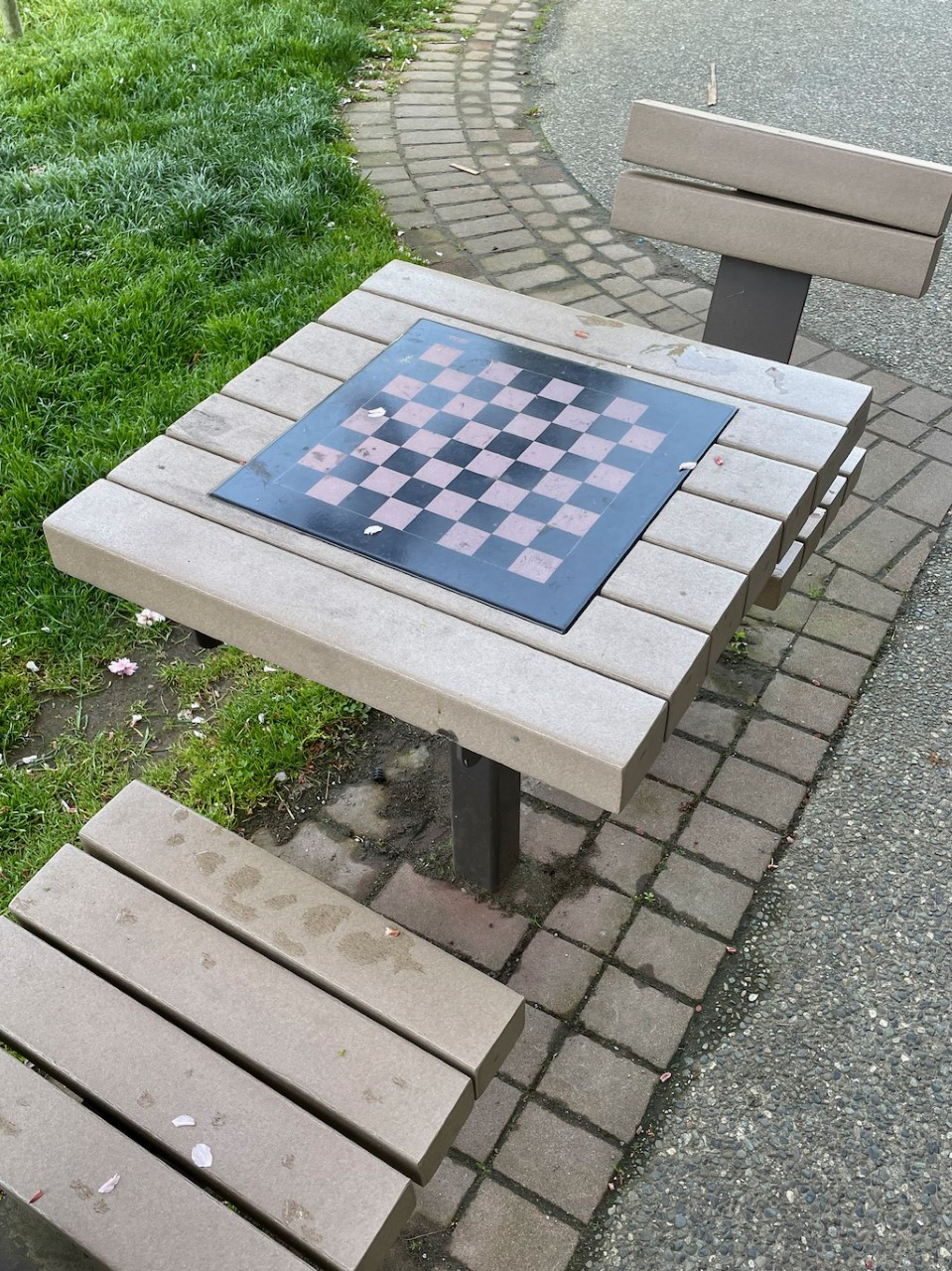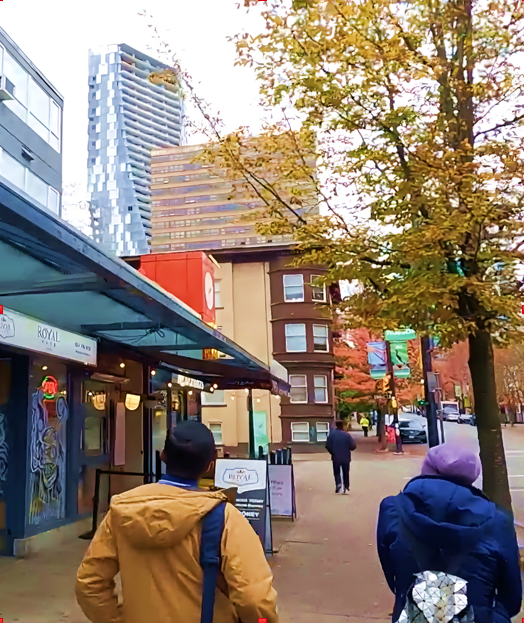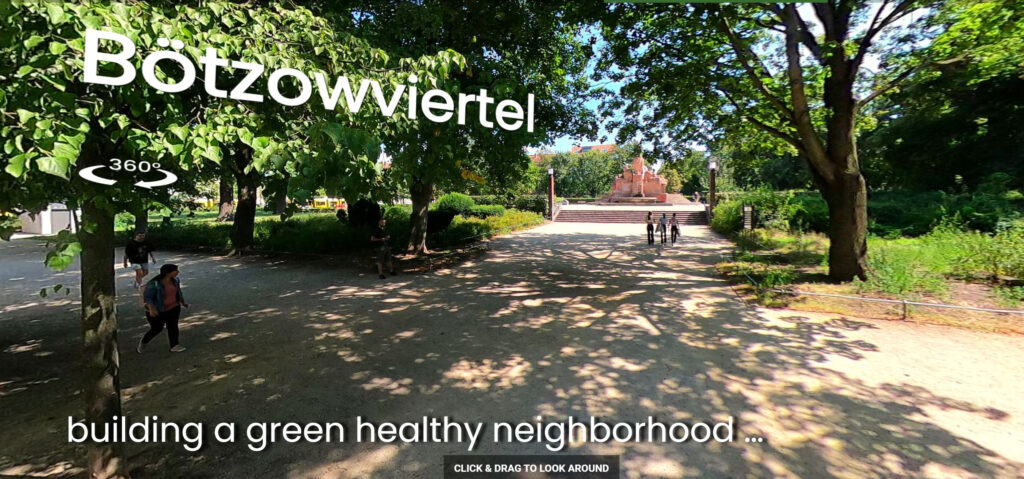City Know-hows

Why only plan for children’s play in cities? Play could support the health and wellbeing of older adults. Let’s reimagine age-friendly planning with play in mind.
Share
Target audience
Urban planners, play advocates, urban designers
The problem
Play has the potential to support the health and wellbeing of older adults, but research on play as a public health and planning intervention is solely focused on children.
What we did and why
As the first study to examine older adult play, we needed to first understand the perspective of older adults. We ran a photovoice study to capture older adult perceptions and experiences of spaces that enabled and limited play.
Our study’s contribution
Our findings broaden play discourse to include older adults, by
• Broadening age-friendly discourse to consider play,
• Highlighting real experiences and perceptions of older adults with regard to play and public space,
• Challenging narrow ageist assumptions of older adult public space activity.
Impacts for city policy and practice
We pose a clarion call for city policymakers and practitioners that planning for play should not be narrowly focused on children. They can expand their age-friendly conceptualizations and practical interventions to include play.
Further information
Full research article:
Older adult perceptions of play and play-enabling public space by Maxwell Hartt and Ellory Vincent
Related posts

This study presents 20 key insights into the walking experiences of people living with dementia, highlighting shared priorities like safety and subgroup-specific needs. These findings offer actionable strategies for designing dementia-friendly neighborhoods that enhance mobility, inclusion, and well-being.

Heat exposure and greenness influence health and learning outcomes. Satellite images show schools on the Coast have strong heat stress levels and low vegetation; schools in the Andes have the largest solar radiation. Reforming school infrastructure standards is urgently needed in Ecuador. To describe environmental conditions in nine Ecuadorian schools, we analyzed three variables: temperature, vegetation, and solar radiation derived from satellite images that we downloaded from Google Earth Engine. We compared schools across three ecoregions to see differences in range and average values.

On this webpage, follow the Bötzowviertel case, a neighborhood streetscape analysis with pedestrian solutions.